Low carbohydrate diet- it's just a diet for a month or two, it's a way of life. And although there are some restrictions on the products (for example, it is necessary to exclude sodas, sugar, baked goods), it is not much stricter than usual, but so vagueto understand good nutrition.
Grilled meat, fish, fatty dairy products, berries, vegetables and a variety of green vegetables - and with all that variety, you can still lose extra pounds successfully! Don't all girls dream of it?! But, like elsewhere, there are pitfalls here - which is why we strongly recommend that you consult your doctor before switching to a low-carb diet.
The essence of a low-carb diet
Anyone who has tried to lose weight at least once knows that in order to lose weight you have to give up sugary and starchy foods. True, most often foods with fat are excluded from the diet - butter, meat, cream, mayonnaise. As a result, girls, in order to achieve a dream figure, eat lettuce and green tea, which inevitably leads to breakdown and even more weight gain. This approach to losing weight is fundamentally wrong. In order to lose weight, you have to eat, just the diet should be different from the one you followed before.
In addition, many women forget that healthy fats are the basis for the formation of sex hormones in the ovaries, adrenal hormones and vitamin D, which is responsible for the expression of several thousand genes!

Nutritionists are constantly studying the effect of certain foods on human health. Their work results in various nutritional systems aimed at maintaining good health, a stable emotional background and achieving ideal physical shape. In the mid-2000s, Swedish scientists proved that the widespread and massive consumption of sugar and starch, and not fat, as previously believed, is much more harmful to the figure. This has led to a real revolution in nutrition.
Foods with fat have a completely different effect - they give the body a lasting feeling of fullness, provide it with energy, which is enough for a sufficiently long period. Just compare: when carbohydrates are burnt inside our body's ovens, the production plant in the form of cells and tissues receives just over 4 kilocalories, while fat yields twice as much -9 with a small tail.
Recently, another myth has been debunked that the brain needs glucose to function normally, which can only be obtained from pure sugar. Large-scale studies in the field of physiology and nutritional science suggest the opposite: senile dementia is more often seen in lovers of sweets, and those who have consumed moderate amounts of carbohydrates throughout their lives retainclarity of thought until the end of their days.
This is because nerve tissue uses glucose as an energy substrate (i. e. the firewood it sends to mitochondrial stoves) - it's a favorite, but far from the only way to ensureits vital functions. With prolonged starvation and a decrease in carbohydrate intake with food, our brain, at first, of course, reluctantly, but switches from gasoline to gas - or rather from glucose to ketones.

A low carbohydrate diet for weight loss is very easy for many women to tolerate because it does not come with hunger attacks. Followers of this style of eating note that they do not feel the need to eat foods that contain a large amount of sugar and starch. In this regard, it is not necessary to clearly standardize the amount of carbohydrate allowed, however, nutritionists always give certain recommendations - from 20 to 100 g of carbohydrates per day. Naturally, the source of their supply should be grains, vegetables and fruits, but not refined sugar and premium (and even more refined) flour.
However, the constant counting of ingested calories, and the resulting feeling of guilt if you don't fit into the daily norm, only softens the emotional background - and weight loss backfires on psychosis. Add in enough physical activity and make sure that fullness doesn't automatically equate to overeating, and then you certainly won't need very conditional calorie calculations by apps on your phone.
- Eat only natural fats, strongly eliminating synthetic fats.
- Keep cooking food to a minimum.
- Eat with pleasure, providing physical and aesthetic pleasure. Stay alone with your plate - don't let the phones, newspapers and television distract you from your meal: remember that digestive juices are secreted before the food even touches the taste buds in your mouth - that is. the so-called cerebral or complex reflex phase of secretion.

There are no serious contraindications to a low-carb diet, but people with chronic conditions (such as adrenal fatigue syndrome) are advised to consult their doctor. Insulin-dependent patients, patients with cardiovascular problems should take into account the peculiarities of their condition and be guided by the recommendations of nutritionists.
How the mitochondria work in the body
It would seem, why should a person far from science have to understand such a complex question? However, understanding the basics of cellular functioning will provide a better understanding of what processes take place deep within our bodies. We will only discuss the effect of ketones and insulin on mitochondrial activity to show exactly how we can improve our health, simply by changing our diet.
Mitochondria function- The extraction of energy from food, its combination with oxygen and the synthesis of adenosine triphosphoric acid (ATP), which is the basic unit of energy in an animal cell. Mitochondria are found in every cell in the body except erythrocytes - red blood cells are forced to support each other by slightly different glucose transformation processes.
Insulin plays an important role in this process. It depends exactly on how the body will dispose of the generated energy: will it spend it for current needs or will it store it for a rainy day. High levels of insulin trigger synthetic reactions - including fat. It's the ANABOLISM hormone - that's why everything grows on it: both muscles (due to increased protein production) and cancer cells (in fact, the tumor is based on auncontrolled division).
A lack of carbohydrates leads to the fact that insulin is produced in limited quantities - just enough to meet the body's needs. This starts the process of ketogenesis: fatty acids are converted into ketones, which serve as fuel for cells - including neurons in the brain, as mentioned earlier.
8 types of low-carb diets
Basic low-carb diet
In short, it can be described as: carbohydrates - less, protein - more (compared to your usual diet). The basis of the diet is meat, fish, eggs, grains, vegetables, fruits, nuts, natural fats.
As for the recommended amount of carbohydrates, it depends on the goal:
- to maintain weight or provide the body with energy for strenuous sports activities - 100-150 grams. Starchy fruits and vegetables are allowed;
- moderately reduce weight - 50-100 grams; Prohibited potatoes and sugary fruits high in carbohydrates (like bananas and mangoes)
- quickly get rid of excess fat - no more than 50 grams. Lots of vegetables, but a minimum of fruit.
Ketogenic diet
If you reduce carbohydrate intake to a minimum, insulin levels drop to baseline, triggering the onset of ketosis, a state in which fatty acids are broken down to extract the energy the body needs. Ketones are formed in the liver, which itself does not have the enzymes to use for energy - in fact, it's a factory that produces goods for export. These molecules serve as fuel for muscles, kidneys and brain.
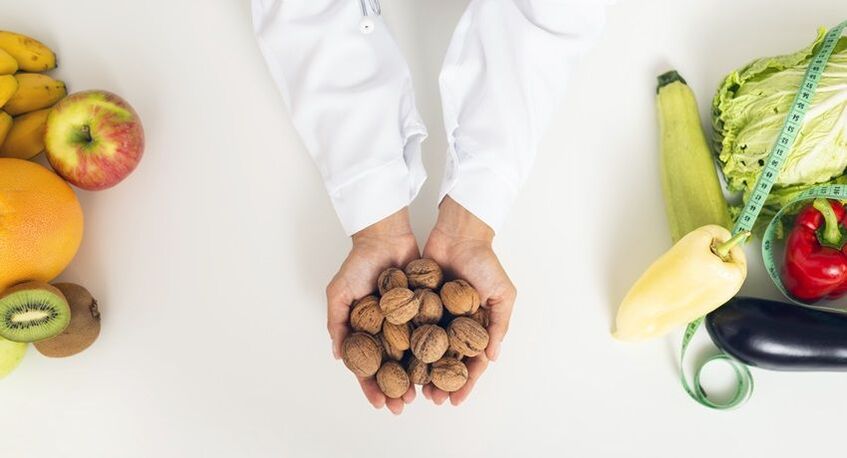
The diet of a keto diet includes foods high in protein and fat, while the amount of carbohydrate is limited to 20-50 (and often 5-10) grams per day.
Low-carb, high-fat diet (LCHF - low in carbs, high in fat). . .
This eating style differs from the usual option in its emphasis on including whole or minimally cooked foods in the diet. Most common in Scandinavia, where sustainable lifestyles and consumption in general are traditionally popular.
Low Carb Paleo Diet
Followers of this method of losing weight and maintaining health believe that only foods that were available to humans at the dawn of their appearance, in the Paleolithic era, can be eaten. You can eat meat and fish, seafood, eggs, fruits, vegetables and wild berries, nuts, seeds and roots. In short, what ancient man could pick up or grab with his own hands is permissible. Everything that has arisen as a result of the development of agriculture and the food industry is prohibited: sugar, cereals, cold meats and confectionery, semi-finished products. The main idea of such a diet is the certainty that by the time Homo sapiens appeared, nature had prepared everything necessary for its proper nutrition.
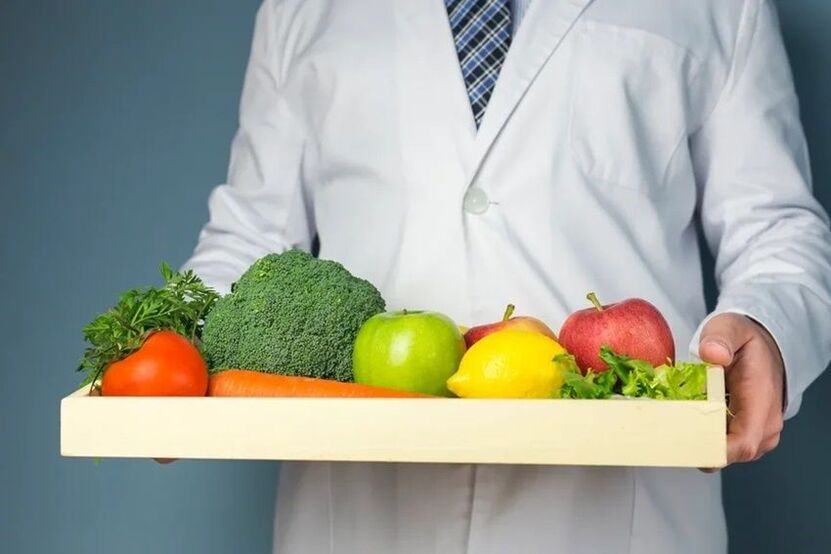
Atkins diet
The popularity of this weight loss system has not waned over the past forty years. Meats, fish, seafood, eggs, salads and other non-starchy vegetables, mushrooms, dairy products, nuts are allowed. Fruits should be limited due to their high fructose content.
The diet has four stages:
- in the induction phase, it is recommended to eat less than 20 g of carbohydrate for two weeks. The diet consists of protein products and vegetables that do not contain starch.
- in the phase of stable weight loss, the amount of carbohydrate increases every week by 5 g. 3-5 kg before the desired weight, this phase ends.
- in the stabilization phase, carbohydrates are added at the rate of 10 g per week.
- in the maintenance phase, it is allowed to include healthy carbohydrates in the diet. If the weight begins to increase, their number decreases again.
Eco-Atkins
For followers of plant-based nutrition, a special type of Atkins diet has been created. Since animal products are not used as a source of protein, essential amino acids are obtained from soybeans, legumes, nuts and gluten. This inevitably increases the amount of carbohydrates consumed compared to the classic Atkins diet, but in the context of traditional diets, there is very little on the vegan menu. In addition, frequent use of cereals negatively affects intestinal permeability - it increases, which leads to the entry of elements of the bacterial cell wall into the systemic circulation and the activation of reactions of the immune system.
Zero Carbohydrate Diet
Few people decide to completely exclude the use of carbohydrates in order to start the process of active weight loss. However, there are people who exclusively include animal products in their diet. Their menu includes dishes based on meat, fish, eggs and animal fats. They don't eat vegetables, fruits, and even more grains. The safety of this style of eating is not known for sure, as scientific research into it has not yet been conducted.
Certainly, the complete absence of fiber (a kind of broom that cleans the intestines and also stimulates its motility) will negatively affect the body. Constipation and the resulting bowel problems form a closed vicious cycle, which in turn leads to bacterial overgrowth and, as a result, increased pressure in the intestine. The latter will negatively affect the mechanisms of excretion of pancreatic juice and bile.
mediterranean diet
Based on the traditional Mediterranean diet of fish, seafood, olives, vegetables, cheese and durum wheat pasta. It differs from the classic low-carbohydrate diet with a reduced content of red meat and animal fats and a large amount of vegetable oil, namely olive. Studies show that this lifestyle helps Mediterranean people suffer less from obesity, cardiovascular disease and type II diabetes.
Benefits of a low carb diet for weight loss
Research has proven the effectiveness of a low carb diet for weight loss. At the same time, people do not feel hungry, do not feel a constant craving for prohibited products. This is due to the specificity of protein breakdown and sufficient caloric content of fats.
A low-carb diet can help you lose belly fat quickly, including the visceral stores around your internal organs. This significantly reduces the risk of heart disease, type 2 diabetes, and some types of cancer.
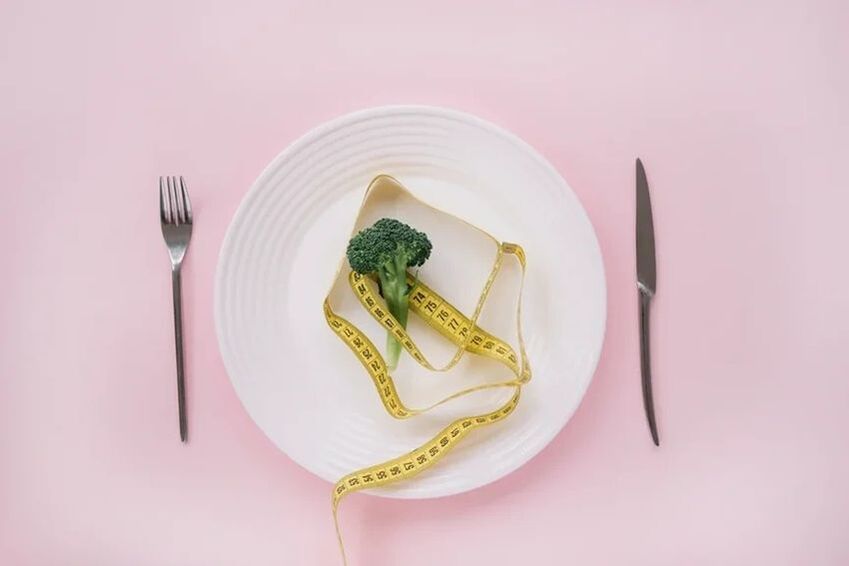
Benefits of a low-carb diet in fighting disease
Excess weight becomes the cause of the appearance of many pathologies, therefore it is necessary to get rid of the accumulated kilograms, even if there are no tangible health problems yet. A low-carbohydrate diet should be the guiding principle of nutrition for patients with diabetes, heart, reproductive and neurological diseases.
- Diabetes. . . Changing the diet to less carbohydrates while increasing fat has many beneficial effects in obese patients with type 2 diabetes. Adhering to such a diet, they stabilize blood sugar levels and may take lower doses of prescribed pharmacological drugs. for this pathology.
- Neurological disease. . . For people with epilepsy, a low-carbohydrate diet has long been recommended as a simple and effective way to reduce the risk of seizures. For Alzheimer's disease, as well as to prevent its onset, neurologists advise including more high-fat foods in the diet and minimizing the use of simple carbohydrates.
- Heart disease. . . By adhering to the principles of a diet with minimal carbohydrate content, patients with heart problems can significantly improve their condition. One study involved 55 overweight subjects. After 12 weeks of adherence to a low-carbohydrate diet, they showed a decrease in triglycerides, C-reactive protein (one of the main markers of inflammation), as well as an improvement in indicators of "good" cholesterol. in HDL (high density lipoproteins).
Foods to Avoid on a Low Carbohydrate Diet
Sticking to a diet means excluding the following foods from the diet:
- Cereals and starches: bread, rolls, pies, pasta, rice and other cereals.
- Sugary drinks: fruit juices, tea with sugar, milkshakes, fruit smoothies, sports drinks, cocoa, sweetened lemonades.
- Sweeteners: sugar, honey, agave, syrups.
- Vegetables rich in starch and sugar: potatoes, sweet potatoes, zucchini, beets, peas.
- Alcoholic beverages: beer, sweet cocktails and sweet wines.
- Commercially available low calorie and dietetic foods. . . Such labeling is often misleading: light mayonnaise contains starch, and diabetic products contain fructose.
- Semi-finished products and sausages: not suitable due to the high content of sugar, starch and soy. They are also a hidden source of gluten.
- Fruits can be eaten in limited quantities, berries - in small portions.

These are general guidelines for all types of low carb diets. The exact amount of carbohydrate that can be consumed during the day depends on the goal and, therefore, the type of diet. Thus, ketosis can only be achieved with maximum reduction of foods containing carbohydrates. Other types of diets are allowed to include up to 50 or even 100 g of carbohydrate in the diet.
List of approved products
To lose weight without feeling hungry and unhealthy, the makers of low-carb nutrition systems focus on foods high in fat and protein.
This listing includes:
- Eggs. . . They contain a lot of healthy fats and an almost total absence of carbohydrates. In particular, it is a source of biotin, fat soluble vitamins (A, D and E), as well as choline, a precursor of one of the main neurotransmitters in the nervous system - acetylcholine.
- Oils. . . All types of oils can be used in food, but olive, coconut, and avocado oils are recognized as leaders in terms of health benefits.
- A fish. . . It is better to give preference to fatty varieties - salmon, trout, sardines. Their sufficient consumption will provide the body with omega-3 fatty acids, thus significantly reducing the risks of pathologies of the cardiovascular system and impairment of cognitive functions.
- Meat and poultry. . . Veal, chicken, turkey, rabbit meat are recommended.
- Dairy products. . . Cream, unsweetened yogurt, butter, cottage cheese, cheeses.
- Non-starchy vegetables. . . All green vegetables, broccoli, all kinds of lettuce, asparagus, cauliflower, peppers, mushrooms.
- Attorney. . . A unique fruit rich in healthy fats.
I will give you a sample menu
An example of a low carb diet to lose weight for a week looks like this:
Breakfast:
- An omelet made from two eggs and a small amount of whole milk or cream.
- Two pieces of hard cheese.
- Coffee with coconut milk or cream.
Having dinner:
- Pork steak.
- Fresh vegetable salad in olive oil.
- Cream cheese (3 tbsp).
- Tea without sugar.
Afternoon tea(optional - but it's still better to strive for the three most physiological meals a day):
- 20-30 pieces pre-soaked almonds.
- Baked apple (no raisins, sugar and honey! ).
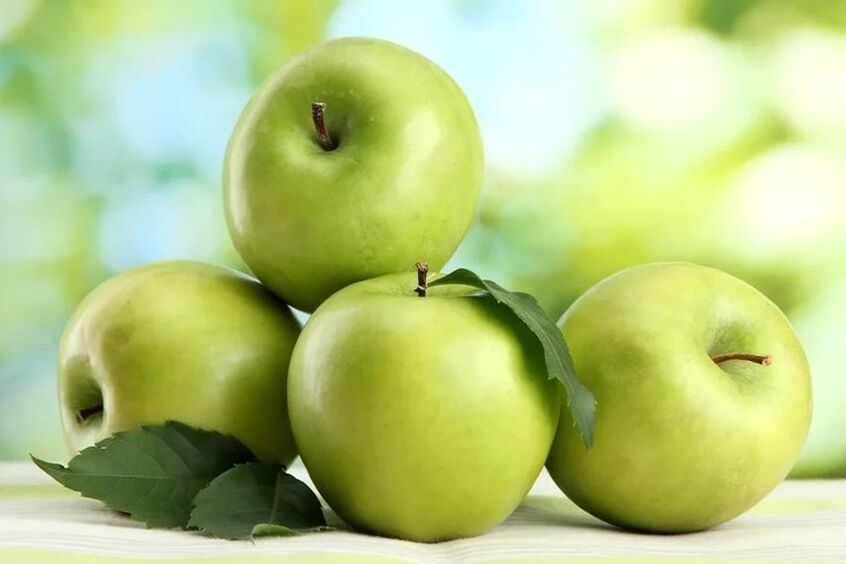
Having dinner:
- Greek salad (pepper, cucumber, tomato, feta, olives).
- Grilled or fried mushrooms in vegetable oil.
- Cooked fish.
Menu of the week
In order to make the weight loss process as easy as possible and save time, we suggest that you use a menu for each day for precise adherence to a low-carbohydrate diet. If you wish, you can make changes without going beyond the list of approved products.
Monday
- Breakfast.Cheese omelet, vegetable and herb salad, avocado toast, unsweetened coffee with a piece of butter or coconut oil and berries.
- Having dinner.Grilled or pan-fried pork steak, lettuce, salted house cheese.
- Having dinner.Veal in a creamy sauce, coleslaw.
Tuesday
- Breakfast.Pike-perch cutlet, slices of cucumbers and tomatoes, plain yogurt for dessert (you can add coconut, flaked almonds and a few berries whipped in a blender).

- Having dinner.Mushroom soup, tobacco chicken, homemade eggplant and pepper caviar.
- Having dinner.Duck breast with a side dish of vegetables.
Wednesday
- Breakfast.Ham omelet, green salad with sour cream dressing, a handful of your favorite nuts, green tea.
- Having dinner.Soup from mashed zucchini, fried cheese, baked apple (it is better to choose unsweetened varieties).
- Having dinner.Sautéed veal, cauliflower, simmered in cream.
Thusday
- Breakfast.Poached eggs with avocado, spinach, lightly salted salmon.
- Having dinner.Pike cutlets, grilled vegetables.
- Having dinner.Pork and broccoli casserole in sour cream sauce with a cheese crust.
Friday
- Breakfast.Soft-boiled eggs, courgette pancakes with ricotta, olives, cocoa.
- Having dinner.Chicken fillet chop on a vegetable pillow.
- Having dinner.Salmon steak with pumpkin puree.
Saturday
- Breakfast.Omelet with ham and sundried tomatoes, hard cheese, a handful of nuts and berries.
- Having dinner.Rabbit back with poached and fried asparagus.
- Having dinner.Chicken thigh, mushroom and eggplant sauté.
Sunday
- Breakfast.poached egguf with salmon and spinach, baked turkey, coffee without sugar.
- Having dinner.Turkey steak, cauliflower in a creamy sauce.
- Having dinner.Cold cuts and broccoli puree.
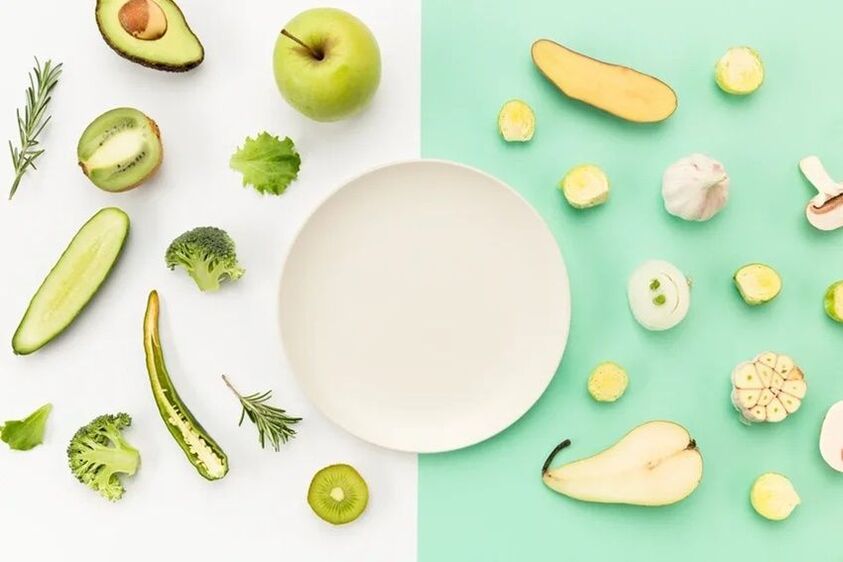
We remind you that for those who want to switch to a low-carbohydrate diet, this weekly menu is only a guideline for creating an individual diet. It is impossible to take into account individual taste preferences. The main thing is to adhere to the basic principle of a low-carbohydrate diet: low in carbohydrates, high in fat.
Low carb diet for diabetes
The principles of a low carbohydrate diet differ depending on the type of diabetes. Insulin-dependent patients should eat a balanced diet including foods with a low glycemic index.
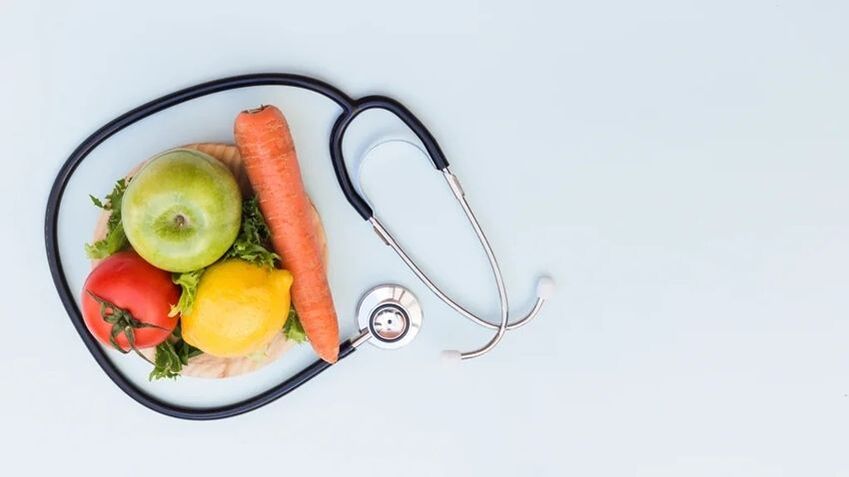
The low carbohydrate diet in type 2 diabetes has some specific characteristics:
- The main part of the medical menu consists of vegetables and herbs. For women, the norm of non-starchy vegetables is 500 g per day, if she does not expend a lot of energy, and up to 800 g - with regular physical work or sport.
- To keep cholesterol levels from rising, people with diabetes eat a diet that is low in carbohydrates and free of saturated fat. Preference is given to healthy unsaturated fats, which are found in low-fat varieties of fish, as well as vegetable fats. This means that pork, lard, salmon, salmon are not recommended. Instead, nutritionists advise people with diabetes to eat more nuts, avocados, olives, and use vegetable oils for cooking.
- Complete rejection of carbohydrates for these patients is contraindicated, as it leads to lower blood sugar levels and deterioration of well-being. Carbohydrates should be absorbed evenly throughout the day, with vegetables being the best source of carbohydrates.
- For snacks, you can use protein foods with a low glycemic index, which satisfy hunger quickly - pre-soaked nuts are great.
- In type 2 diabetes, a low-carbohydrate diet with a low-sugar menu may require adjustments to previously prescribed drug doses. As a first step, it is necessary to constantly measure the level of glucose in the blood: if it decreases as a result of a change in diet, the doctor will reduce the dosage of antihyperglycemic drugs. It is necessary to consult an endocrinologist, it is not worthwhile to adjust the drug intake yourself.
Low-carb diet for adrenal fatigue syndrome
Adrenal fatigue syndrome occurs as a result of constant stressful conditions. One of the symptoms of this disease is hypoglycemia and the accompanying hunger, irritability and headaches.

The treatment is accompanied by good nutrition, which is based on three key points:
- Never overdo sweets. The sweets eaten will temporarily improve your well-being, but invariably lead to a sharp decrease in the concentration of glucose in the blood and the resulting discomfort.
- Any sausage is better to prefer an ordinary piece of meat. The products obtained as a result of complex technological treatment contain many substances that are contraindicated in such a diagnosis.
- Gluten and vegetable oils containing pro-inflammatory omega-6 polyunsaturated fatty acids should be eliminated from the diet.
Plus, a low-carb diet for men and women with adrenal fatigue syndrome means avoiding coffee altogether. This is cortisol, the production of which is increased under the influence of caffeine. As a result, the metabolism slows down and the weight loss process slows down.




























